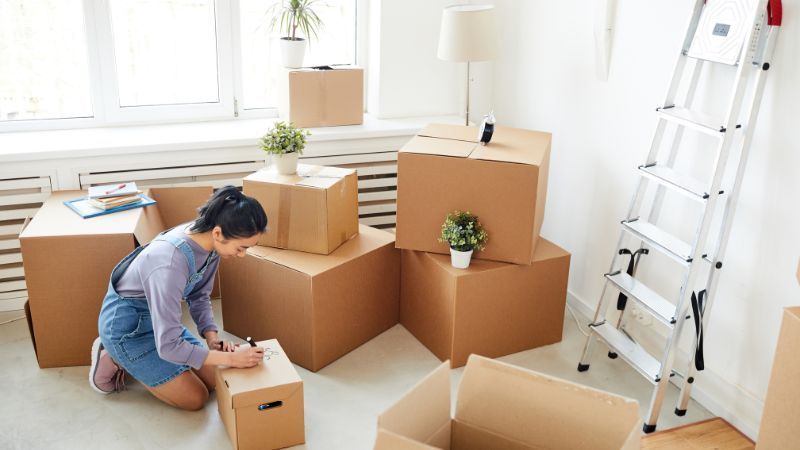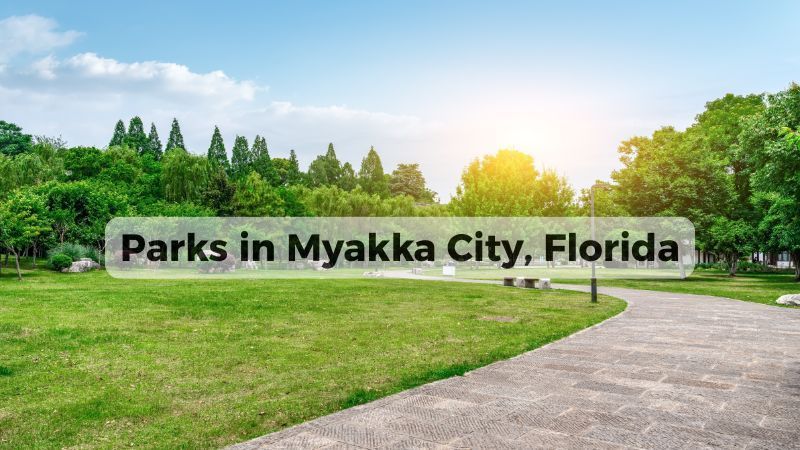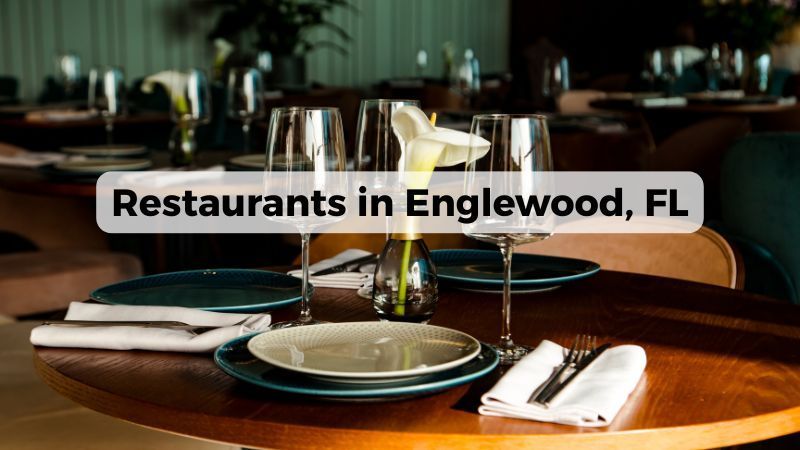Efficient Interstate Move Packing Strategies

Welcome to an Interstate Move Packing, brought to you by Master Movers, your trusted Movers With Manners in Florida. Effective packing methods for an interstate move isn't just about throwing your belongings into boxes. It requires thoughtful planning, careful handling, and strategic packing to ensure that all your possessions arrive at your new home safely and in good condition. At Master Movers, we understand the nuances of interstate moving and are here to help you every step of the way. Moving between states presents a unique set of challenges that can make the process daunting. That's why having a full-service moving company like Master Movers located in Florida. We handle everything from packing to transportation, ensuring your belongings are secure throughout their journey.
Understanding Interstate Move Challenges
Interstate moves are significantly different from local moves, primarily because of the longer distances involved and the diverse conditions your belongings might encounter along the way. Here are a few key considerations:
- Distance Impact: The longer your items are in transit, the higher the risk of damage. Extended travel requires sturdy packaging and careful handling to ensure everything stays secure.
- State Regulations: Each state may have different regulations concerning the transportation of certain items, like plants, food products, or pets. It’s crucial to be aware of and comply with these laws to avoid setbacks.
- Environmental Factors: Different states may have varied climates. For instance, moving from a humid Florida climate to a dry Arizona climate can affect materials like wood and fabric, which may require specific packing techniques or materials.
Common Concerns and How to Address Them
When planning an interstate move, some common challenges might raise concern:
- Damage During Long Hauls: To minimize the risk of damage, use high-quality, durable packing materials and techniques specifically suited for long-distance moves. Hiring professional movers like Master Movers ensures expert packing.
- Loss of Items: Keeping a detailed inventory list as you pack can significantly help track all your belongings from start to finish. Utilize technology such as moving apps to keep everything organized.
- Delays in Shipment: Factors such as weather, road conditions, or logistical challenges can lead to unexpected delays. Choose a reliable moving company with experience in interstate moves, capable of handling and adjusting to these unpredictabilities efficiently.
Planning Your Packing for an Interstate Move
Proper planning is essential for a smooth interstate move. By organizing your packing process, you can ensure that all your belongings are accounted for and protected. Here’s how you can effectively plan your packing:
Timeline for Packing
Timing is key to a stress-free move. Here’s a suggested timeline:
- 8 Weeks Before the Move: Begin by sorting through your belongings. Decide what to keep, sell, donate, or discard. This will ensure you only pack what you truly need.
- 6 Weeks Before the Move: Start collecting packing supplies. Purchasing high-quality boxes, tape, bubble wrap, and other packing materials now will save time later.
- 4 Weeks Before the Move: Begin packing non-essential items such as off-season clothing, books, and decorative items.
- 2 Weeks Before the Move: Pack the bulk of your belongings, leaving only essentials for the final week.
- 1 Week Before the Move: Pack an essentials box that will include items you’ll need immediately upon arriving at your new home.
Creating a Moving Inventory
Creating a detailed inventory as you pack is invaluable. It not only helps in organizing but also in tracking your items throughout the move. Consider these steps:
- List Every Item: Write down everything as you pack. This task can be simplified by using apps dedicated to moving that feature inventory capabilities.
- Take Photos: Photograph valuable items or those prone to damage. This is helpful for insurance purposes and to ensure items are packed securely.
- Label Everything: Label all sides of each box with a summary of its contents and the room it belongs in. Utilize color-coded stickers to streamline the unpacking process.
Essential Supplies for Interstate Packing
Selecting the right packing materials can make a big difference in protecting your belongings.
- Boxes: Invest in sturdy boxes designed for moving. Different sizes are needed for different items, and specialty boxes can be used for items like TVs or artwork.
- Protective Materials: Use bubble wrap, packing peanuts, and other cushioning materials to protect fragile items. Blankets and pillows can also be used as extra padding in boxes.
- Sealing and Labeling Materials: High-quality packing tape is essential for securing boxes. Labels and markers are needed for identifying the contents.
Packing Techniques for Interstate Moves
Effective packing is paramount for ensuring that your belongings arrive safely at their residential move, especially during an interstate move where items are subjected to extended transit times and handling. Here, we discuss specific techniques to safeguard your possessions:
Room-by-Room Packing Guide
Strategically packing each room can make unpacking in your new home much smoother. Here’s how to tackle each area:
- Kitchen: Use sturdy boxes for dishes and glassware. Stack plates vertically after wrapping each in bubble wrap, and fill gaps with packing paper to prevent movement.
- Living Room: Electronics require original packaging if possible or boxes with ample padding. Wrap cords separately and label them. For furniture, use moving blankets to cover and protect each piece.
- Bedroom: For clothing, wardrobe boxes allow clothes to remain on hangers, which simplifies packing and unpacking. Vacuum-seal bags are great for bedding and off-season clothing to save space.
Protecting Your Belongings
Protection extends beyond just wrapping it’s about securing items from the potential rigors of a long journey:
- DIY Padding Techniques: Towels and clothing can be used to pad boxes containing fragile items, reducing waste and saving on packing material costs.
- Custom Crating for High-Value Items: Consider custom solutions for antiques or highly valuable items. Custom crating offers the most protection by shielding items from external pressures.
- Sealing and Weather-Proofing: Seal boxes tightly with high-quality packing tape. Consider plastic wraps or additional protective layers for boxes that may be exposed to elements during the move.
Packing Electronics for Safe Transit
Electronics require special attention due to their fragile nature and value:
- Preparation: Back up important data and remove batteries to prevent damage.
- Wrapping: Bubble wrap each item individually, ensuring corners and screens have extra protection.
- Boxing: Pack electronics in boxes lined with extra padding or foam. Avoid stacking heavy items on top.
Loading and Unloading Strategies
The correct approach to loading and unloading your belongings can significantly impact the safety and efficiency of your interstate move. Implementing strategic loading techniques ensures that your items are not only secure during transit but also easy to unload upon arrival. Here’s a guide to optimal loading and unloading practices:
Efficient Truck Packing
Properly packing your moving truck plays a crucial role in preventing damage during the journey:
- Weight Distribution: Keep the weight balanced by placing heavier items towards the front of the truck (near the cab) and evenly distributed on both sides.
- Maximizing Space: Utilize all available space without compromising the safety of your items. Place large, flat items like mirrors or mattresses against the longest walls of the truck. Nestle smaller items into spaces between furniture.
- Preventing Movement and Damage: Secure items with moving straps or ropes. Ensure that there is no free space for items to shift during transit. Use moving blankets and cushioning to protect furniture edges and surfaces.
Coordination with Movers
Clear communication with your moving team is essential for a smooth process:
- Communicating with Your Moving Team: Prior to moving day, discuss with your movers the layout of your belongings, particularly which items need to be accessible for first use in your new home.
- Checklist for Moving Day: Keep a checklist of all items and their intended location in the truck. This helps ensure nothing is missed and aids in verifying everything upon arrival.
- Safety Tips for Loading and Unloading: Ensure that all pathways are clear and that there’s adequate lighting. Use proper lifting techniques to avoid injuries. Your moving team should be experienced in handling heavy and awkward items safely.
Unloading Tips
When you reach your destination, unloading requires as much attention as loading:
- Plan the Unload: Before opening the truck, review your inventory and plan the unloading process. Decide which rooms the boxes will go to and direct movers accordingly.
- Immediate Needs: Unload essential items first, such as toiletries, daily wear, and basic kitchenware to make your first days easier.
- Systematic Unloading: Unload largest items first to clear space for easier maneuvering of smaller boxes and items.
Interstate Move Unpacking and Settling In
Once the truck has arrived and your items are unloaded, the next phase begins - settling into your new home. Effective unpacking can make the difference between chaos and a smooth transition. Here are some strategies to help you effectively unpack and settle in:
Organized Unpacking
Having a plan in place for unpacking can expedite the process and reduce stress:
- Prioritizing Rooms and Items: Start with the essentials that you'll need immediately, such as bedding, toiletries, and kitchen supplies. Then move on to less critical items.
- Tools and Equipment for Unpacking: Keep handy tools like box cutters, trash bags, and furniture sliders. These can make unpacking quicker and protect your floors from damage as you set up furniture.
- Unpacking Plan to Reduce Stress: Break down unpacking into manageable tasks over several days or even weeks. This can prevent the process from becoming overwhelming.
Post-Move Responsibilities
After moving, there are several administrative and practical tasks to handle:
- Documenting and Reporting Any Damages or Losses: Immediately note any items that were damaged during the move or boxes that are missing. Contact your moving company and insurance provider to discuss claims.
- Final Walkthrough: Check every room and closet to ensure that everything has been unloaded and nothing is left behind in the moving truck.
- Updating Documents and Registrations: Remember to update your driver’s license, car registration, voting registration, and any other necessary documentation with your new address.
Wrap-Up: Your Interstate Move Made Easier with Master Movers
Congratulations on successfully navigating the complexities of your interstate move! From understanding the unique challenges of packing for such a journey to efficiently unpacking and settling into your new environment, each step requires careful attention and planning.
Master Movers is proud to have been your guide through this comprehensive exploration of interstate move packing.
Our Latest Blog





